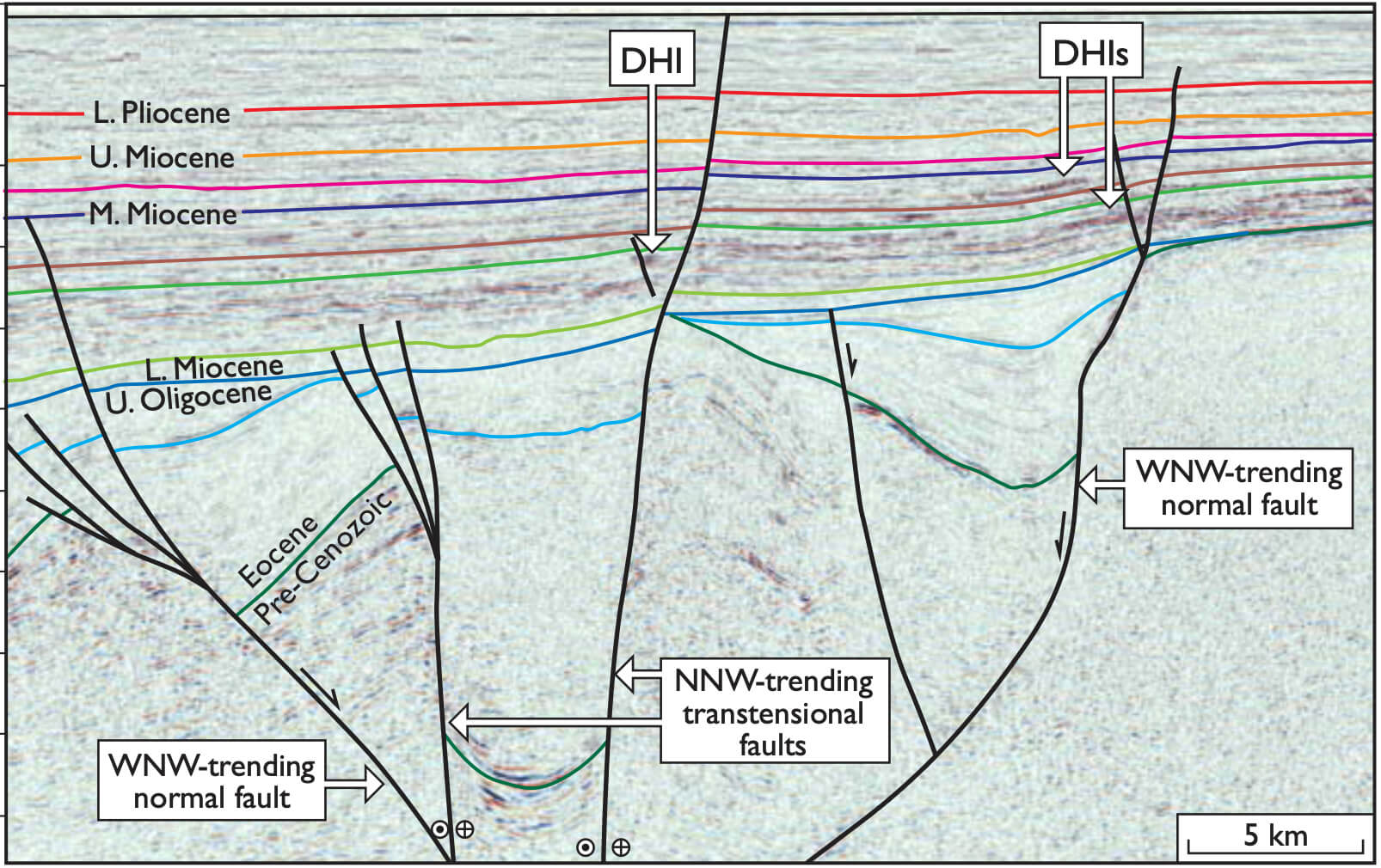
How to Cite
Share
Abstract
A number of sedimentary basins of various ages are located onand offshore Vietnam (Fig. 1). Some of them have significant petroleum resources and have thus attracted interest from industry and academia (Rangin et al. 1995; Matthews et al. 1997; Lee & Watkins 1998; Lee et al. 2001). Moreover, Vietnam is located in a position central to the understanding of the geological development of South-East Asia (Hall & Morley 2004). The structural style and the stratigraphy of the Vietnamese basins thus provide a valuable record about the development of South-East Asia throughout the Phanerozoic and the subsequent Eocene as well as younger deformation associated with the collision and indentation of India into Eurasia and the opening of the South China Sea (Fyhn et al. 2009a, 2010a).
How to Cite
Share
Copyright (c) 2010 Michael B.W. Fyhn, Henrik I. Petersen, Anders Mathiesen, Lars H. Nielsen, Stig A.S. Pedersen, Sofie Lindström, Jørgen A. Bojesen-Koefoed, Ioannis Abatzis, Lars O. Boldreel

This work is licensed under a Creative Commons Attribution 4.0 International License.
Downloads
Edited by Ole Bennike, Adam A. Garde and W. Stuart Watt
This Review of Survey activities presents a selection of 23 papers reflecting the wide spectrum of activities of the Geological Survey of Denmark and Greenland, from the microscopic to the plate-tectonic level. In addition, an obituary about the former director of the [...]









